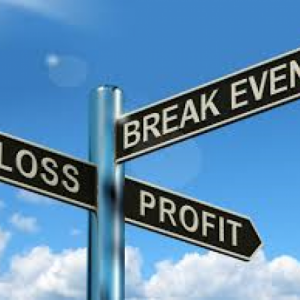2014. október 14. - 13:57:
link
pl. Expanded Flat, ahol a "b" új aljat üt, DE korrektív szerkezettel (tehát nem impulzívan).
Halkan hozzáteszem, hogy tényleg csak azok számára használhatók ezek az EWT alakzatok, akik már "beszélik" az EWT-t. Ők tudják csak, hogy hol kell/lehet ezek valamelyikére számítani, mit mond az árfolyamgörbe a tömegpszichéről, ők veszik észre az alakzat fejlődése közben, hogy változik-e esetleg a "hangulat" és milyen irányba.
EWT ismeret nélkül a gyakorlatban ez nem több irka-firkánál..
link
pl. Expanded Flat, ahol a "b" új aljat üt, DE korrektív szerkezettel (tehát nem impulzívan).
Halkan hozzáteszem, hogy tényleg csak azok számára használhatók ezek az EWT alakzatok, akik már "beszélik" az EWT-t. Ők tudják csak, hogy hol kell/lehet ezek valamelyikére számítani, mit mond az árfolyamgörbe a tömegpszichéről, ők veszik észre az alakzat fejlődése közben, hogy változik-e esetleg a "hangulat" és milyen irányba.
EWT ismeret nélkül a gyakorlatban ez nem több irka-firkánál..










EUR/USD